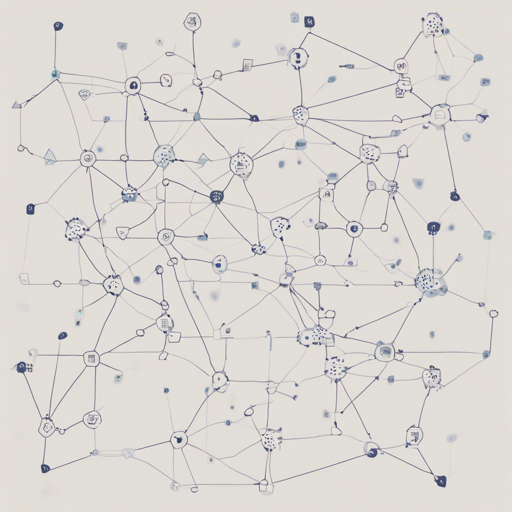Routing problems can often feel like navigating through a complex maze, where you must find the shortest path amidst various obstacles. In this blog post, we will guide you through using a robust framework based on deep reinforcement learning (DRL) and graph neural networks (GNN) to solve common routing challenges like the Traveling Salesman Problem (TSP), Capacitated Vehicle Routing Problem (CVRP), and Multi-Depot Capacitated Vehicle Routing Problem (MDCVRP).
Prerequisites
Before diving in, ensure you have the following packages installed:
- torch 1.4.0
- torch-geometric 1.5.0
- torch-cluster 1.5.2
- torch-scatter 2.0.3
- torch-sparse 0.6.0
- torch-spline-conv 1.2.0
Understanding the Framework
The framework employs a combination of reinforcement learning’s decision-making and deep learning’s representational abilities. Imagine two experts joining forces to tackle a puzzle. One expert, representing DRL, is a phenomenal strategist who decides which pieces to move, while the other, embodying GNN, understands the intricate patterns of how the pieces fit together. This collaboration is key to efficiently solving combinatorial optimization problems.
In our framework, we input 2D graph features, including node coordinates for TSP. The features are first processed by an encoder that uses GNN to embed and represent the graph’s structure. Then, a decoder equipped with an attention mechanism predicts the next nodes to explore.
How the Model Works
- The **Graph Attention Network (GAT)**, an advanced GNN model, encodes information, leveraging both node and edge features.
- Edge features provide critical information, like weighted distances, that are essential for optimizing routes.
- The decoder uses a architecture inspired by Transformers to enhance decision-making, selecting the next node based on a probability distribution derived from the encoded features through a search strategy (e.g., greedy search).
Implementing the Code
Once you have all the dependencies in place, you can start implementing the framework described in the code provided in the paper, “Solve routing problems with a residual edge-graph attention neural network.” To facilitate your understanding, here’s how the process might look like:
def solve_routing_problem(graph_data):
# Encode the graph data using GNN
encoded_data = encoder(graph_data)
# Decode the encoded data to find the optimal path
optimal_route = decoder(encoded_data)
return optimal_route
Think of this function as a skilled locksmith (the function itself) using a specific key (encoded data) to unlock a door (find the optimal route) in a large, complex building (the routing problem). Through careful analysis and encoding of the graph structures, the locksmith can swiftly navigate through limited options to reach the designated room.
Troubleshooting
If you encounter any issues while implementing this framework, consider the following troubleshooting tips:
- Ensure all dependencies are correctly installed and are compatible versions.
- Double-check the input graph structure for any inconsistencies that might interfere with encoding.
- Experiment with different search strategies in the decoder to see which one yields the best results for your specific problem.
If problems persist, reach out to us via the contact information provided in the paper or feel free to connect personal inquiries about AI advancements.
For more insights, updates, or to collaborate on AI development projects, stay connected with fxis.ai.
Final Thoughts
By integrating the decision-making capabilities of DRL with the structural understanding offered by GNNs, we can significantly optimize routing problems. With our code, you can not only solve TSP, CVRP, and MDCVRP but also extend the framework to tackle other combinatorial optimization problems.
At fxis.ai, we believe that such advancements are crucial for the future of AI, as they enable more comprehensive and effective solutions. Our team is continually exploring new methodologies to push the envelope in artificial intelligence, ensuring that our clients benefit from the latest technological innovations.

